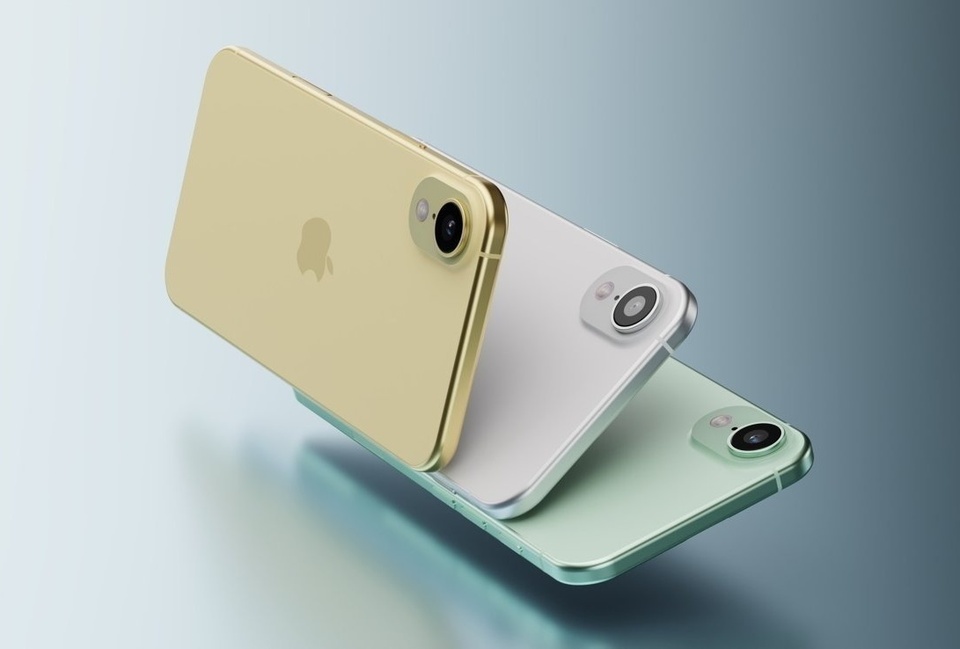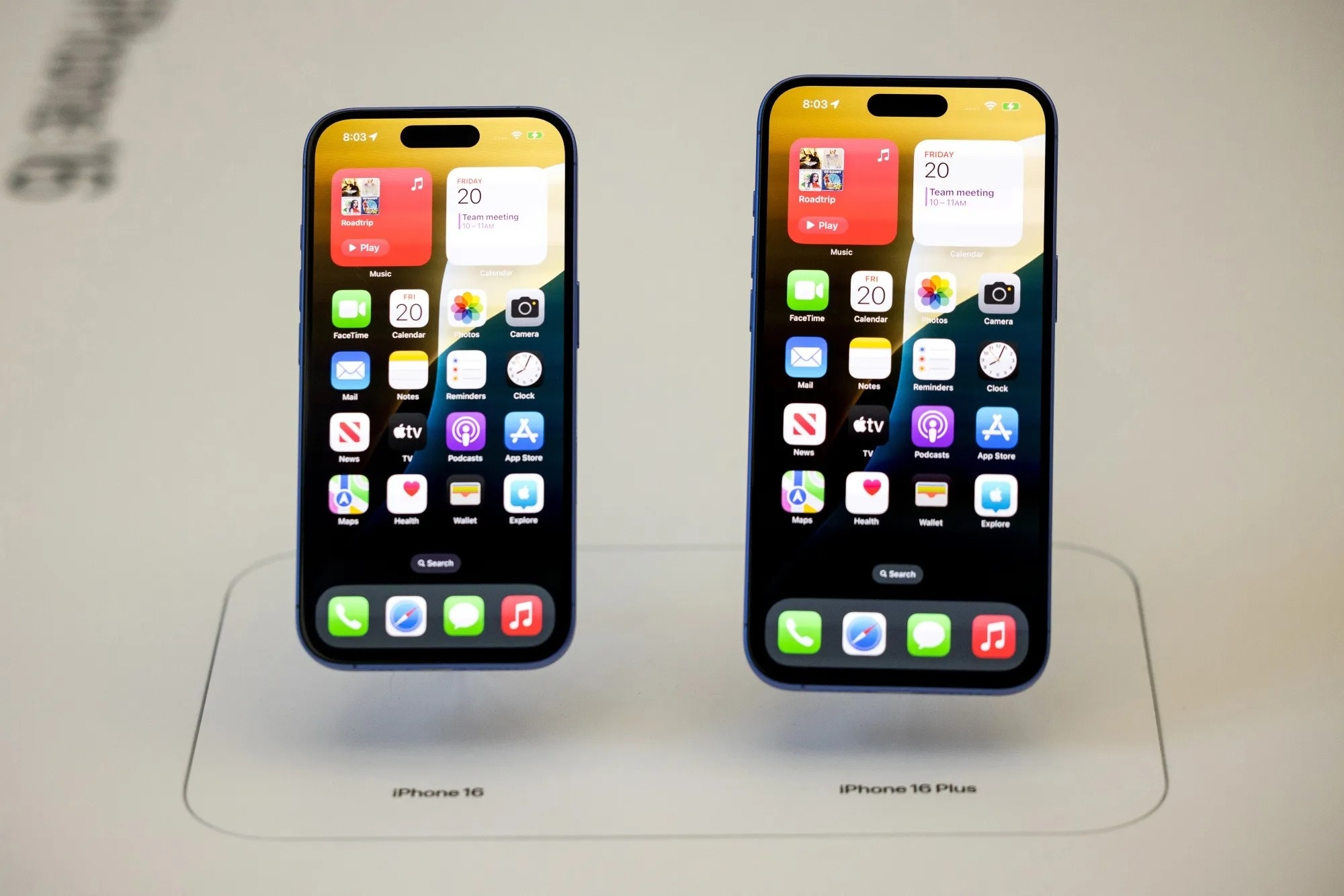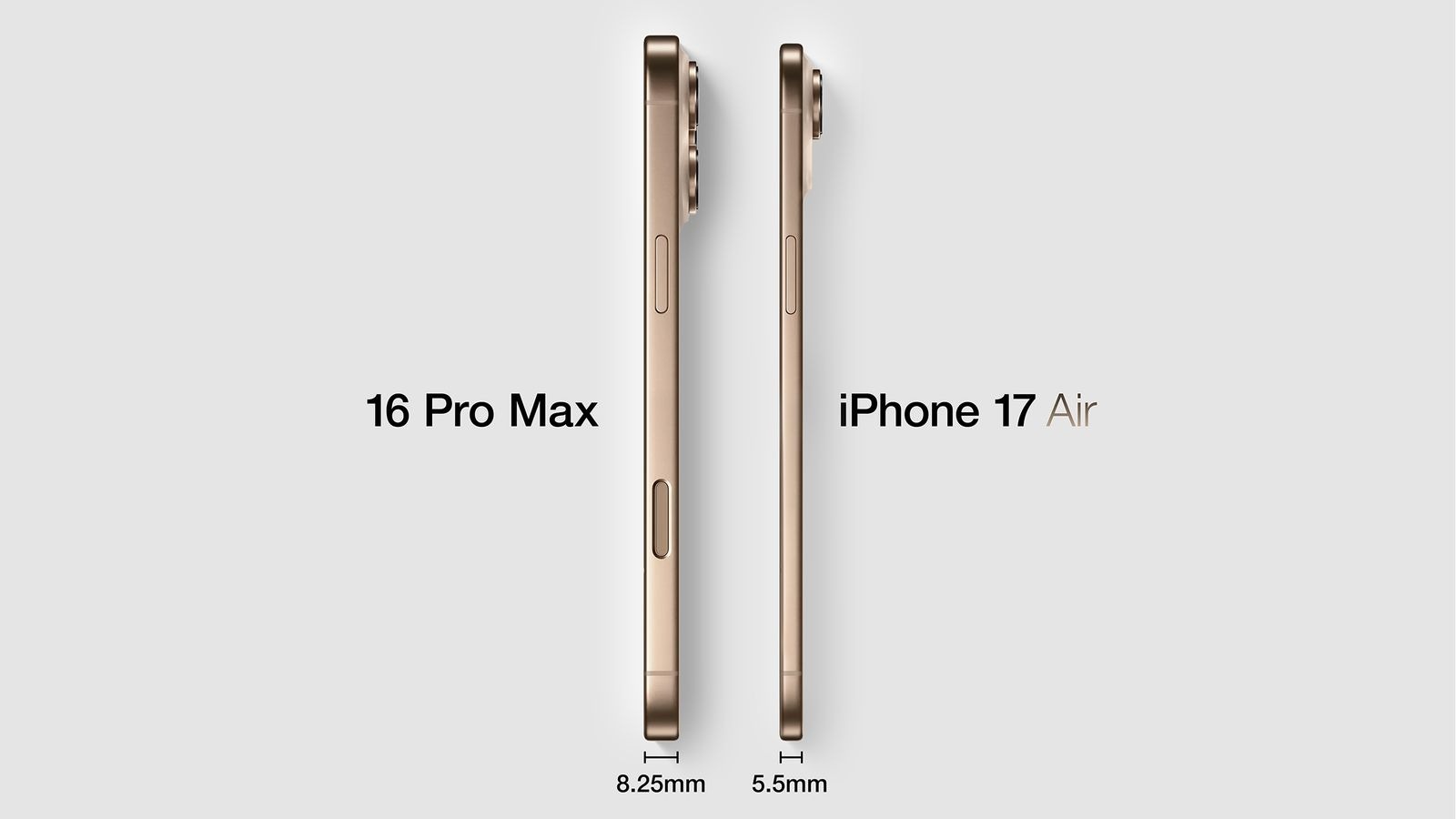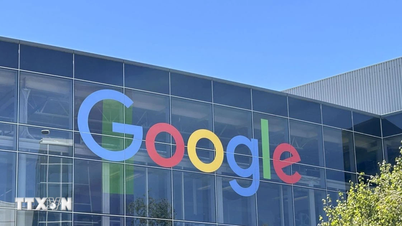 |
Rendered iPhone 17 Air images based on rumors. Image: AppleInsider . |
In Bloomberg 's Power On report, analyst Mark Gurman shared more details about the iPhone 17 Air, the ultra-thin smartphone that Apple is expected to launch later this year.
Amidst slowing iPhone sales in many countries, the iPhone 17 Air is expected to make a difference. Not only could it boost sales, but it could also be a "new beginning" for the iPhone with significant changes.
What's there to look forward to with the iPhone 17 Air?
Similar to the MacBook Air, Gurman stated that the iPhone 17 Air is thinner than the other models, combining features from both basic and professional lines. The device will eliminate outdated features, using new components and design standards.
"If everything goes according to plan, the changes will be applied to the rest of the iPhone lineup," Gurman emphasized.
Essentially, the iPhone 17 Air isn't drastically different when looking at the front. The device features a screen of approximately 6.6 inches, with thin bezels like the iPhone 16 Pro, and supports ProMotion (120Hz refresh rate) and Dynamic Range.
Camera Control, a feature first introduced on the iPhone 16, will also be available on the iPhone 17 Air. Despite being thinner, the device's battery life may still be comparable to current iPhones.
Based on rumors, the iPhone 17 Air is 5.5mm thick at its thinnest point, and 9.5mm if the camera module is included. Internally, Apple has the codename D23 for the device.
To achieve this thinness, the Bloomberg writer stated that Apple's engineering team put in "extraordinary effort." Thin smartphones typically require thin batteries, resulting in reduced battery life. Unwilling to sacrifice this, Apple's development team had to modify the screen design, semiconductor components, and software to optimize energy efficiency.
 |
iPhone 16 (left) and iPhone 16 Plus. Photo: Bloomberg . |
However, Apple still had to cut back on some features to make the iPhone 17 Air thinner. For example, the device only has a single rear camera, with a 48 MP resolution similar to the iPhone 16e (priced at $600 ). For comparison, the standard iPhone 16 has two rear cameras, while the iPhone 16 Pro boasts three lenses.
The device may use a standard A19 processor instead of the A19 Pro, in addition to removing the physical SIM slot. Currently, only iPhones in the US lack a SIM slot, while eSIM is not usable in China.
The iPhone 17 Air also incorporates future-oriented technologies. According to Gurman, the device is expected to integrate the C1 modem. First appearing on the iPhone 16e, Apple's self-developed 5G modem is considered more energy-efficient than Qualcomm modems, allowing for a thinner device. However, the chip does not yet support the high-speed mmWave 5G band.
The iPhone 17 Air almost dropped the USB-C port.
Beyond just hardware upgrades, the iPhone 17 Air also demonstrates Apple's ambition to innovate in the smartphone market. During the device's development, Apple tested several prototypes with significant changes.
"When development began, Apple created a 6.9-inch screen prototype similar to the iPhone Pro Max. However, the company abandoned it due to concerns that a thin device with a large screen would be prone to bending."
In 2014, Apple caused controversy with the 'bendgate' issue, which sometimes caused the iPhone 6 Plus to bend when placed in tight pants pockets,” Gurman said.
A bolder idea is to make the iPhone 17 Air Apple's first portless smartphone. This would mean removing the bottom USB-C port, opting instead for wireless charging and cloud data synchronization.
 |
The iPhone 17 Air's slimness compared to the iPhone 16 Pro Max. Photo: MacRumors . |
In fact, the world is ready to change. The majority of iPhone users are still comfortable charging, using headphones, or downloading data without needing a cable. Many Apple Watch users have already developed the habit of wireless charging since the device supported it from the start.
However, Gurman noted that removing the charging port on the iPhone would certainly be controversial. Some users still complain about the company switching to Lightning a decade ago. With the 2008 MacBook Air, Apple only used a single USB-A port. In 2015, the company released the 12-inch MacBook with a USB-C port for charging and data transfer.
"However, Apple ultimately did not adopt this design. The reason stemmed from concerns about offending European Union regulators, who are demanding that iPhones switch to USB-C and are closely scrutinizing the company's business practices," the Bloomberg writer noted.
"The model" for the future iPhone.
Beyond its ultra-thin design, the iPhone 17 Air could represent a major shift for Apple, ushering in a new industrial design and an improved version of iOS this year.
"Apple executives have indicated that if the iPhone 17 Air is successful, the company will attempt to produce iPhones without any ports, and will also switch many other models to this ultra-thin design," Gurman revealed.
 |
An advertisement for the iPhone 16 Pro. Photo: Bloomberg . |
Of course, it's too early to predict the success of the iPhone 17 Air. Apple's previous attempts to introduce a new form factor, including the iPhone mini and Plus, have all failed. This leaves the company needing to find a design that's attractive enough and priced between the standard iPhone and the iPhone Pro.
The Bloomberg writer emphasized that the price of the iPhone 17 Air could be around $900 , equivalent to the iPhone 16 Plus.
The manufacturing technology used in the iPhone 17 Air could be applied to more groundbreaking models such as foldable iPhones, similar in design to the Samsung Galaxy Z Fold but with a less pronounced crease.
“Scheduled for release in 2026, the device will leverage improvements in battery, display, modem, and chip from the iPhone 17 Air. This is also part of the wave of products celebrating the 20th anniversary of the iPhone,” Gurman shared.









































































































Comment (0)